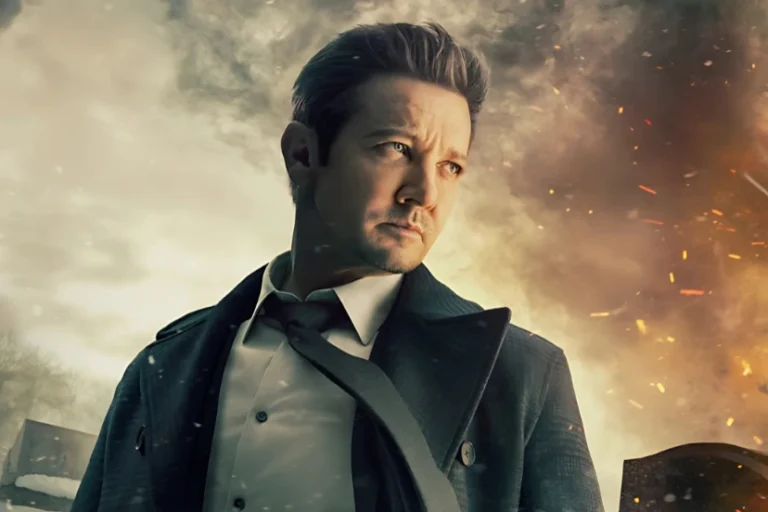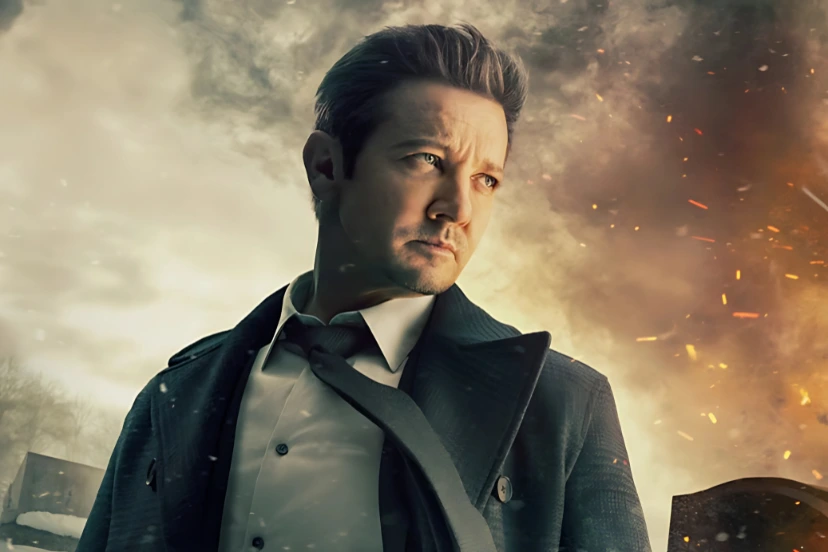For over a century, the baby buggy, or stroller as it is called in the US, has been an integral part of British family life. Its evolution tells a story of social changes, cultural developments, and new technologies. This article attempts to understand the history of British baby buggies from the Victorian times to today.
The Victorian Origins
From the early 1800s, there is evidence of the idea of transporting a child in a wheeled carriage. In 1848, British architect Charles Burton designed the first baby carriage for the Duchess of Devonshire. This design was basically a child’s horse drawn carriage meant to be pulled by a small pony or servant. It had a wicker basket that rested on large spoked wheels, with a steering handle.
These carriages came as a luxury and were often available only to the upper class. These were masterpiece with flamboyant designs and build quality. The main purpose was to serve as a status symbol as well as to allow children to be taken outside.
The Edwardian Era and Mass Production
The Industrial Revolution helped industries become advanced, which resulted in the production of more affordable baby carriages. Baby buggies became available to the newly emerged middle class during the late 1900s due to the introduction of mass production.
This era made comfort and safety the primary requirements of designs. It became standard to have reclining seats and adjustable hoods to shield babies from unfavorable weather conditions. Rubber tires increased the smoothness of the ride while brakes improved safety.
Post War Innovations
In the baby buggy sector, the baby boom after World War 2 drastically altered British society. With growing families, there was a clear need for affordable baby buggies, and new manufacturers worked hard to meet those standards. At the same time, innovative designs to keep pace with the modern world were also quite desirable.
One major change was the invention of the collapsible baby buggy. In 1965, Owen Maclaren pioneered the industry with his lightweight and foldable design that was inspired by airplane landing gear. With its aluminum frame and machine washable seat, the Maclaren buggy became a global success. Its lightweight design meant it was perfect for urban life and travel.
The Impact of the New York Times
The evolution of British culture is hustle and bustle and so was the usage of baby buggies in the United Kingdom which were talked about in The New York Times. Their article named “British Baby Buggies: A Status Symbol” published on 1976, remarked the importance of these buggies in the culture fabric of the UK. The piece wrote that owning a high-end baby buggy had become a status symbol amongst the British parents, proudly showcasing their style and social stratum.
The article also noted the import of British Baby Buggies in the United States wherein American parents gradually started using them as a stylish yet practical option. This exchange exemplfied the reach of British designed products and how childcare is a universal need used all over the globe.
Recent Changes and Modern Technology
Baby buggies and their functionality have changed in the past couple of decades to cater to modern needs while also focusing on sustainability. New styles focus on the use of sustainable materials, comfort, and the ability to adjust to different surfaces. Advanced modular systems enable parents to personalize buggies by adding and removing parts like bassinets, car seats, and storage.
Many British companies have taken the initiative in this niche by ensuring that manufacturing is carried out ethically as well as being environmentally friendly. Brands such as Silver Cross which was established in 1877 have excelled in maintaining reputation for quality while also adopting modern design philosophies. Their products appeal to parents who cherish both tradition and modernity since it combines contemporary functionality with traditional design.
Cultural Significance
Baby buggies are more than just a practical tool, and they hold an important place in British culture. They mark a family’s journey into parenthood, as well as depict the sophistication and movement of modern families. Public places like parks and high streets show the importance of parenthood by making them more accessible to parents with buggies.
Furthermore, baby buggies have served as a metaphor of innocence, transition and social change in British literature, films and art. They also represent the changing perspectives of the nation towards family life, gender roles and social mobility.
Conclusion
The story of British baby buggies is one of creative and inventive adaption. From its aristocratic beginnings to its integration into daily life, these vehicles of conveyance have represented societal changes and advancements in technology. The British parents have come to rely on these modern vehicles soas to face the challenges of life, and in turn, they incorporate deep cultural heritage and significance.















